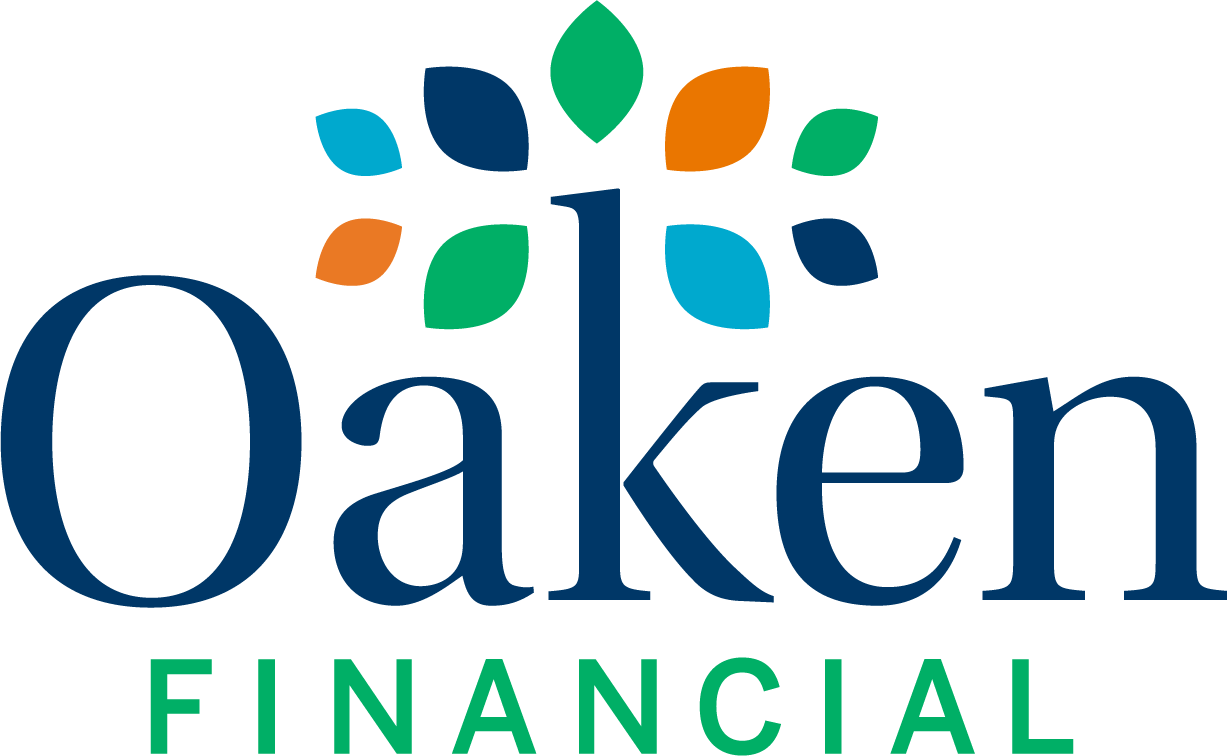The Retirement Savings Plan (RSP) was created in 1957 to help Canadian workers save for their retirement. Despite being available for over 60 years, some persistent myths continue to exist when it comes to this long-running government registered savings plan. In this Oaken Blog post, we’ll look at some of the more common misconceptions and set the record straight on the following 7 RSP myths.
1. You can only open an RSP account through your employer
This myth likely came about because some workplaces offer employer-sponsored RSP group plans. These plans make it possible for you to contribute to an RSP through direct-payroll deductions and in some cases, employers will also match employee contributions up to a specified limit.
2. You can only have 1 RSP account
There is no limit on the number of RSP accounts you can have at any one time. There is, however, a limit on the amount you can contribute each year to an RSP. This means that while you can have more than 1 RSP, you must ensure that the total amount you contribute to all your RSPs does not exceed your permitted annual contribution limit.
3. You can only set up an RSP with a bank
While you can set up an RSP account with a bank, you are not limited to just banks. Other Canadian financial institutions including trust companies, credit unions, and insurance companies are also permitted to offer RSP savings plans to their customers.
4. You cannot access funds from your RSP without paying tax
RSP plans are registered with the government and investments held within your RSP are exempt from tax until withdrawn from the RSP. There are, however, two notable exceptions which enable you to borrow funds from your RSP so long as you pay back the funds to your RSP within a prescribed period.
The Home Buyer’s Plan allows you to withdraw, on a one-time basis, up to $35,000 tax-free that you can use towards the purchase of your first home. The catch is that you must repay the full amount back into your RSP within 15 years.
The Lifelong Learning Plan is similar in that you can withdraw up to $20,000 from your RSP to help cover the cost of tuition for qualifying educational programs. Again, this money must be repaid to your RSP and you can view the full requirements on the Government of Canada website.
5. When transferring funds from one RSP to another, you have to pay tax
As noted on the Revenue Canada website, you can transfer funds between RSP accounts on a “tax-deferred basis”. This means that you can transfer funds without paying tax on this money but you must arrange with your financial institution to have the funds transferred directly between the accounts. This ensures that you do not have access to this money at any time during the transfer process.
6. You can only invest in mutual funds in an RSP
Mutual funds continue to be the most common investment held in RSPs in Canada, but you are by no means limited to just mutual funds. Other qualified investment types include, but are not limited to:
• Cash in the form of a savings account
• Guaranteed Investment Certificates (GICs)
• Shares of publicly listed companies
• Government and corporate bonds
7. I don’t have a lot of savings so there’s no point in opening an RSP.
When it comes to building your savings, the old saying “a little is better than nothing at all” certainly applies. It’s also true that savings build over time so the longer you can have your savings earning a return, the more you can build your savings.
If you don’t have a lot of money available to invest in your savings, consider setting up an automatic deposit that transfers a smaller, more manageable amount to your savings on a regular basis. An RSP account is an excellent way to hold and reinvest your savings and as noted earlier, some employers even offer group RSPs. This makes it possible for you to automatically transfer money into your RSP directly from your pay.
Inexpensive ways to keep your family entertained

There’s no getting around the fact that for many, the past few months have been very difficult. Wide-spread job losses brought on by the COVID-19 outbreak, and the need to maintain physical distancing to prevent further spread continues to leave people feeling isolated and concerned for their future. Here are some great ways to keep your family entertained without breaking the bank. Read more here.
Additional costs to consider when buying a home

Personal finance expert Barry Choi explains some additional costs you may not be expecting when buying a new home. Read more here.




 Oaken Update
Oaken Update